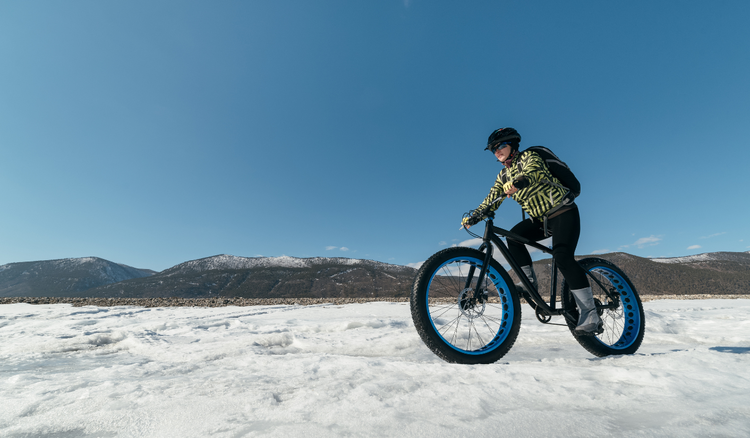Introduction: In recent years, the surge in popularity of electric bikes has transformed commuting and recreational cycling. These innovative two-wheelers, equipped with motors, offer a solution for those seeking a sweat-free commute and open up cycling as a hobby to a broader audience. However, with these technological advancements came the need for regulatory clarity. In 2020, the USA declared that electric bikes would not be classified as motor vehicles, leading to the establishment of distinct classes for e-bikes.
Understanding E-Bike Classes: The delineation of e-bike classes, ranging from 1 to 4, has provided manufacturers and consumers with a clear framework for defining the capabilities and limitations of electric bikes. In this guide, we will delve into the specifics of each class to help you make an informed decision when choosing your e-bike.
Class 1 E-Bikes: The Pedal-Assist Pioneers
Class 1 e-bikes rely solely on pedal assistance, providing a maximum assisted speed of 20mph. With no throttle controls, these Pedelecs (pedal electric cycles) adhere to a strict speed limit. The 2020 legislation in the United States solidified these rules, expanding the areas where Class 1 e-bikes can be ridden.
Main Features of Class 1 E-Bikes:
- Pedal assistance
- Assisted speed up to 20mph
- No assistance without pedaling
- Motor must be less than 750W
- Similar rights and access privileges as regular bikes
Class 2 E-Bikes: The Throttle-Enabled Companions
Class 2 e-bikes share the 20mph speed limit with Class 1 but introduce the option of throttle assistance without pedaling. These bikes can be ridden either with or without pedaling, providing flexibility in use.
Main Features of Class 2 E-Bikes:
- Throttle assistance activated through a trigger, button, or twist-grip
- Can be ridden without pedaling
- Maximum assisted speed is 20mph
- Motor must be less than 750 watts
- Similar rights and access privileges as regular bikes
Class 3 E-Bikes: The High-Speed Contenders
Class 3 e-bikes boast a higher maximum assisted speed of 28mph, adding complexity with the inclusion of throttles. Regulations on throttle usage vary by state, with some allowing up to 20mph while others restrict them altogether. Equipped with speedometers, these bikes often come with age restrictions.
Main Features of Class 3 E-Bikes:
- Pedal assistance
- Max assisted speed is 28mph
- Equipped with a speedometer
- Motor must be less than 750W
- Restricted from multi-use paths
- Age restrictions may apply
- Optional throttle with 20mph assistance
Class 4 E-Bikes: Off-Road Powerhouses
Class 4 e-bikes, with speeds exceeding 28mph and motors more powerful than 750W, are categorized as motor vehicles. These off-road beasts, often reaching 50mph, require registration and licensing and are not permitted on public roads.
Main Features of Class 4 E-Bikes:
- Throttle and/or pedal assistance
- Top speed 28mph and over
- Motor can be more than 750W
- Registration and licensing required
Choosing the Right Class for You:
Selecting the ideal e-bike class depends on your preferences and local regulations. In Europe, Class 1 e-bikes dominate, while the US offers a broader selection across all classes.
- Class 1: Ideal for various electric bikes, including commuters, folding bikes, and less powerful road and mountain bikes.
- Class 2: Suited for those desiring assistance up to 28mph, with the option of throttle assist. Common in mountain bikes, commuters, and cargo bikes.
- Class 3: High-speed e-bikes restricted from multi-use trails, appealing to commuters and road bike enthusiasts.
- Class 4: Reserved for off-road adventures, these powerful e-bikes are not road-legal and require licensing. Ideal for hunting and outdoor activities.
In conclusion, understanding e-bike classes empowers you to make an informed decision based on your riding preferences and local regulations. Whether you seek a daily commuter or an off-road powerhouse, the right e-bike class awaits your exploration.





